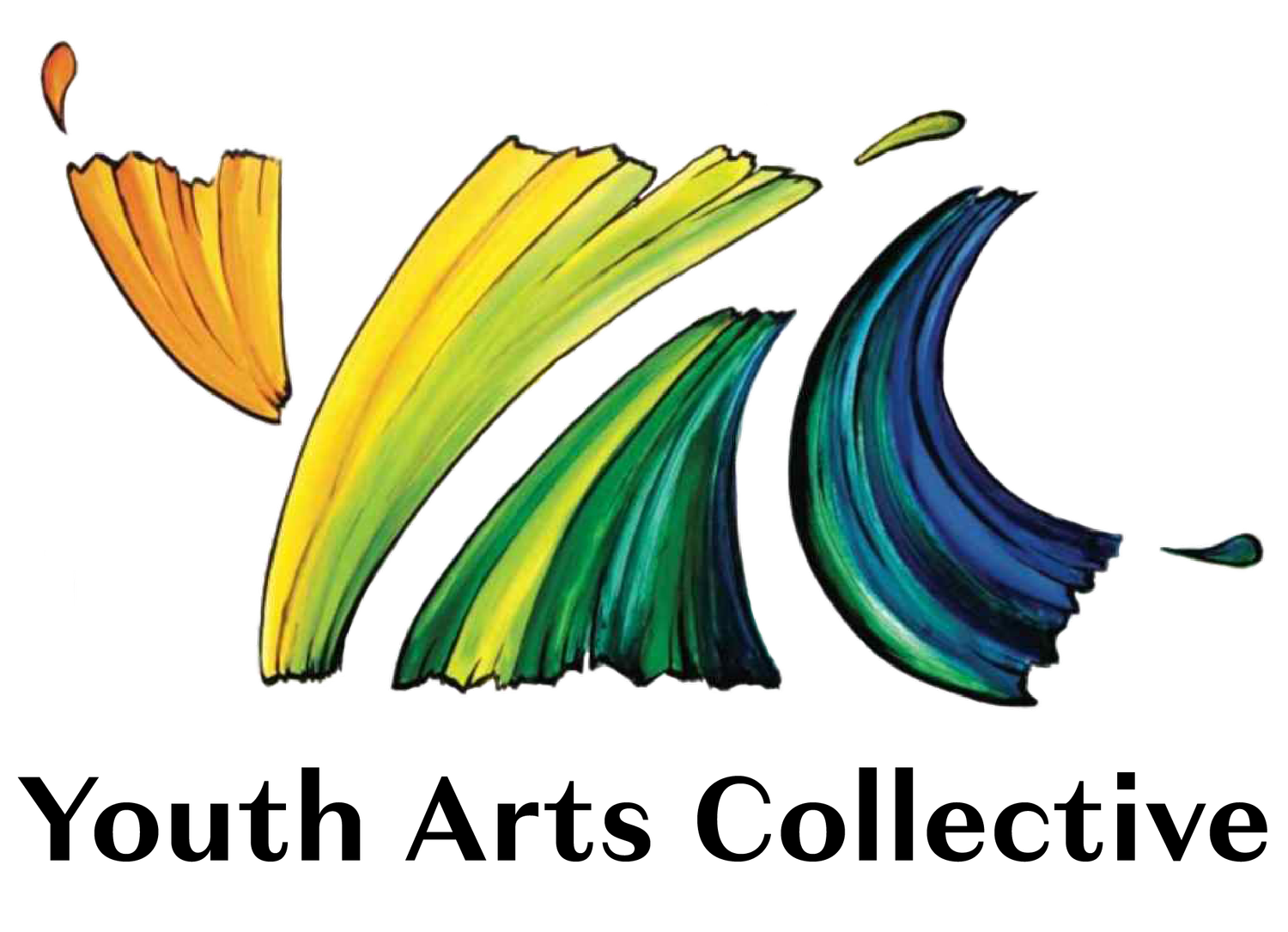
Youth Arts Collective
Wildflower Facts!
Thank you to our mentor Jess Soriano for the flower illustrations
-

Fairy Lantern / Globe Lily
Calochortus albus
⁎ Calochortus is Greek for “beautiful grass”
⁎ Those of the Globe Lily species have a maple-like taste
⁎ Flowers are also edible
-

Padre’s Shooting Star
Primula clevelandii
⁎ This plant was said to be under the special protection of the twelve major (Olympian) gods
⁎ This species grows in patches in the shaded areas of north facing slopes
⁎ Purple flowers are normal, but an occasional plant produces white flowers
-

Leafy Fleabane / Leafy Daisy
Erigeron foliosus var. foliosus
⁎ Comparatively small flowers
⁎ Found in open grassland, chaparral & woodland
⁎ Grows in dry, often rocky soils over a wide range at all elevations
-

Lewis' Clarkia
Clarkia lewisii
⁎ An uncommon species of flowering plant in the evening primrose family
⁎ The scientific name Clarkia was named after William Clark who led the Lewis and Clark expedition of 1804-1806
⁎ It is an erect annual herb generally under half a meter in height
-

Monterey Gilia / Sand Gilia
Gilia tenuiflora ssp.
⁎ Monterey gilia only grows in coastal dunes and inland maritime chaparral habitat along the coast near Monterey
⁎ Monterey gilia is a California threatened plant species, which means that killing or possessing this plant is prohibited by the California Endangered Species Act (CESA)
⁎ Herbivores such as rabbits and mice eat the plant and can decrease the survival of seedlings and adult plants. However, if the basal rosette is left intact, the plant can re-sprout with increased seed production
-

Sky Lupine
Lupinus nanus
⁎ Lupine seeds is a good source of essential amino acids and is becoming a popular substitute for soy
⁎ Lupines add nitrogen to the soil through their mutually beneficial symbiosis with root-nodulating rhizobium bacteria
⁎ The name lupin comes from the Latin word, lupinus to mean “of or belonging to a wolf” because the plant has a tendency to ravage the land it grows on
-

Sticky Monkeyflower
Diplacus aurantiacus
⁎ Sticky Monkey flowers were traditionally used for medicinal and ornamental purposes among native tribes throughout California.
⁎ The entire plant is edible, including the leaves, flowers, and roots
⁎ Sticky Monkey leaves seasonally produce a sticky resin that is used to protect the leaves from developing larvae of the butterfly Euphydryas chalcedona
